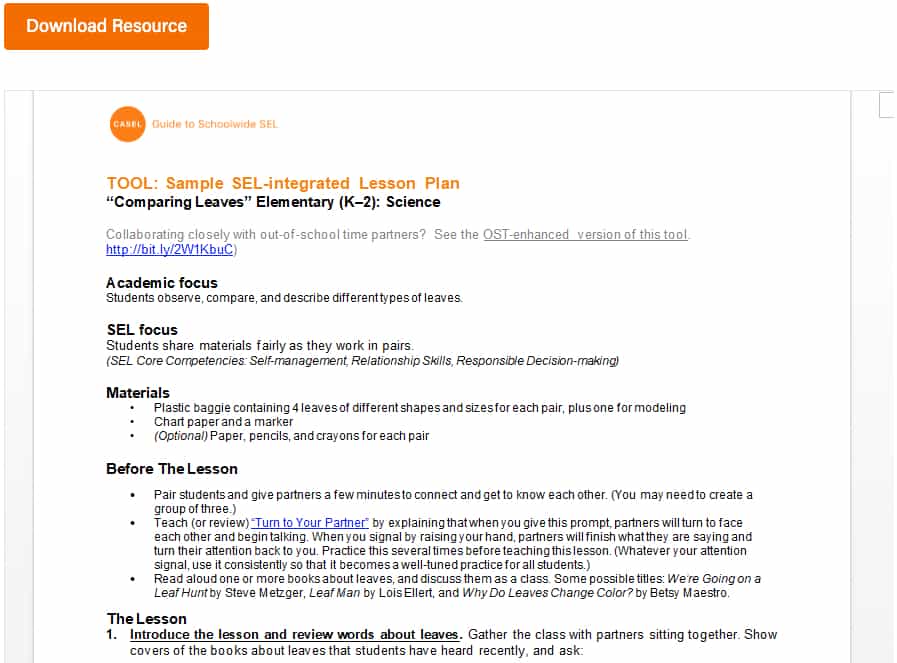Written by Megan French, Atlas
Social Emotional Learning (SEL) is by no means a new trend, and incorporating this learning framework in the classroom has only been increasing in popularity with time. One of the primary goals of SEL is to help students develop internal capabilities that will lead them to be self-thinking and self-managing individuals. These internal capabilities might include skills such as creating positive goals for oneself, making decisions based on one’s own set of values, managing one’s own emotions, and recognizing the emotions of others. Consequently, studies have shown that schools using this learning framework have seen positive results in their students’ success, both in academics and in morale.
Although SEL objectives have proven to be beneficial when brought into the classroom, it might feel a bit daunting when deciding exactly how to do it. Teaching such internally driven skills can pose many obstacles, especially when trying to explicitly teach it with standardized objectives in mind. There are, however, certain structural approaches that might just prove to be effective.
The Collaborative for Academic, Social, and Emotional Learning (CASEL) discusses the idea of free-standing lessons, which address the challenge of both aligning to SEL standards and explicitly teaching this skill set. The lessons challenge students to develop specific SEL capabilities and, as a result, align to many state’s SEL objectives. For example, one of New York State’s SEL standards for elementary is to “use listening skills to identify the feelings and perspectives of others”. How can teachers create a lesson that ensures students are activating their listening skills and are exposed to different viewpoints? CASEL offers a lesson from one of their SEL Integrated Sample Lesson Plans that addresses both of these items.
The lesson, which is aimed at the 3-5 grade level, asks students to pair up and listen as the teacher reads the poem “Daybreak in Alabama” by Langston Hughes. After reading it twice, the partners describe the poem’s imagery to each other and how it made them feel. The students are then asked to share their partner’s feelings with the class. This last part gives the teacher some insight into how well each partner listened to the other.
In another example from their sample lessons, CASEL shares an activity for middle school-aged students that focuses on both contributing to group work while also making shared decisions. Students are first grouped in pairs and asked to discuss four countries from a previous lesson that they would like to learn more about. Each partner must explain their choices and reasoning to the other and, collectively, they must agree on a list of four countries. Soon after, pairs turn into a group of four. These groups share their lists and, like the pair work, must agree on a list of countries to study. This time, however, they must agree on only two countries. The group collaboration in this lesson aligns perfectly with one of Illinois’ SEL standard for middle school, which states that students will “demonstrate cooperation and teamwork to promote group effectiveness.”
The activities discussed above provide just a few examples of how SEL can be explicitly taught in the classroom while aligning to state’s individually crafted SEL standards. It’s true there is a lot to think about when creating lessons around Social Emotional Learning, but there are plenty of resources out there that can help! To learn about the lesson planner feature in Atlas, such as adding and managing lessons within a unit, check out the Lesson Planner section on our Atlas Support page.


